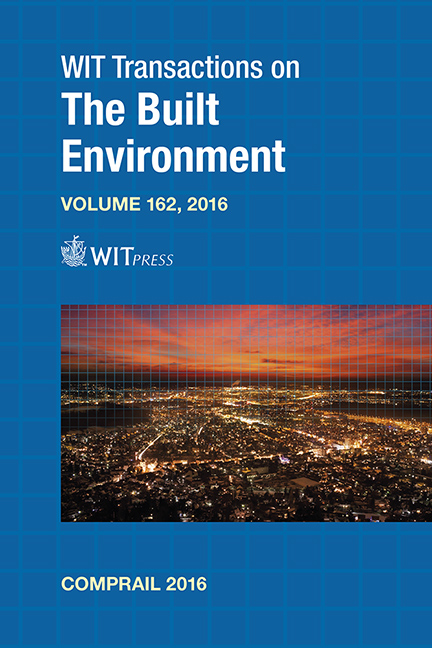Optimization Of Efficient Path Selection Criteria In Urban Rail Transit Passenger Assignment
Price
Free (open access)
Transaction
Volume
162
Pages
13
Page Range
41 - 53
Published
2016
Size
1,938 kb
Paper DOI
10.2495/CR160051
Copyright
WIT Press
Author(s)
Y. Cheng, X. F. Ye
Abstract
In urban rail transit systems, passengers take a portion of paths (which are called efficient paths) into consideration and ultimately choose one route from them. The correctness of alternative efficient paths has a direct impact on the final result of the passenger assignment model, which plays a key role in urban rail transit planning and operation. The criteria of path selection mainly influence the validity of efficient paths. In this study, alternative efficient path sets under different criteria are investigated based on the route choices of urban rail transit passengers in Shanghai, China, which is derived from mobile phone data. By changing threshold values, two types of risks are analysed to illustrate the difference between alternative and actual efficient path sets. The paper further proposes two optimization methods with the objectives of minimizing the sum of two types of risks. The first one is adopting threshold combination, while the second one is adjusting the limit of interchange times according to the shortest path’s interchange times. Experiments show that no matter how much the limit of interchange times is, the performance of alternative efficient path sets under threshold combination is better than the ones under a single threshold (such as absolute and relative threshold). The result also shows that the second method can obviously prevent inefficient paths from entering alternative sets.
Keywords
urban rail transit, efficient path, sensitivity analysis, two types of risks, threshold combination, interchange times





